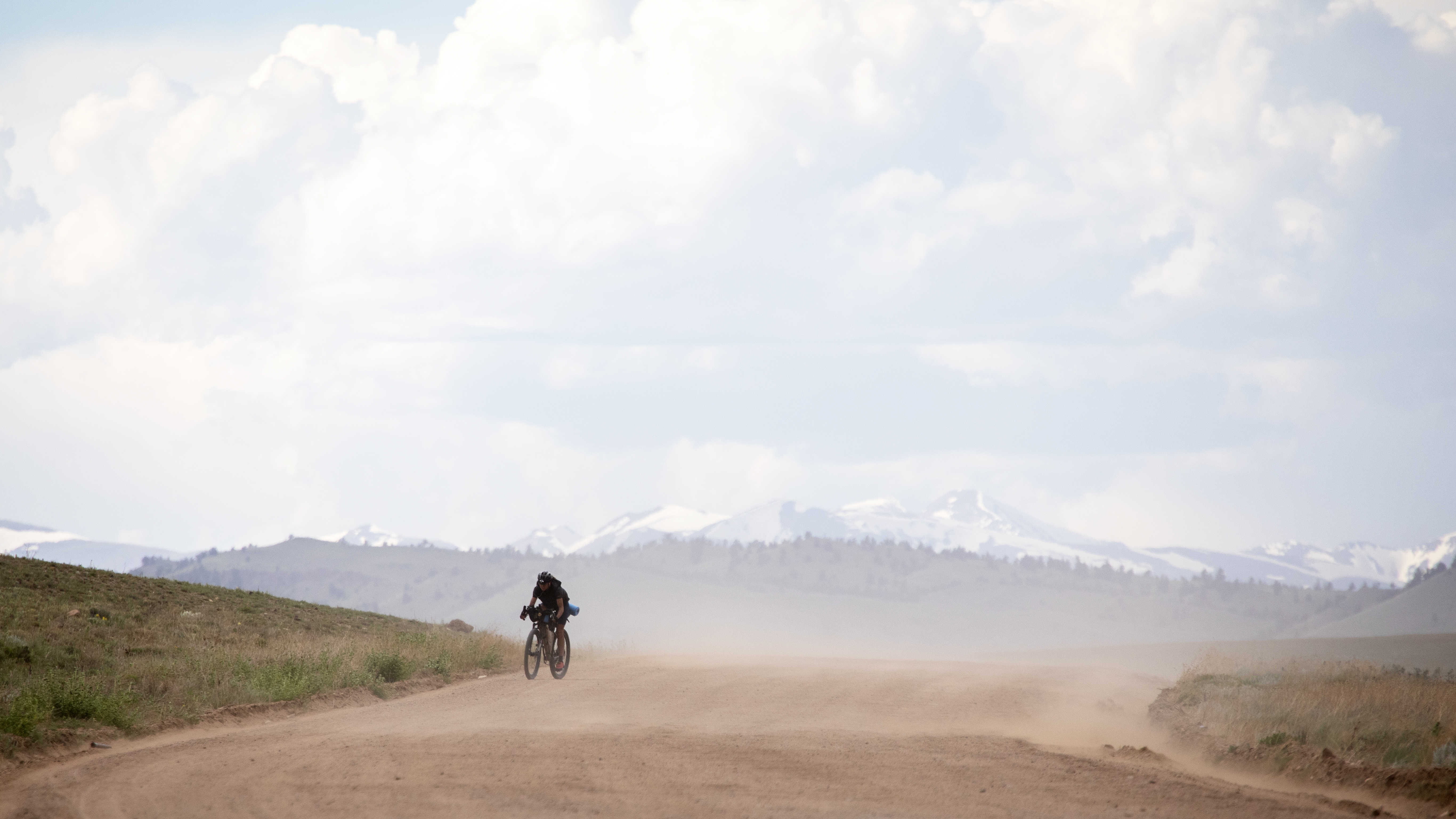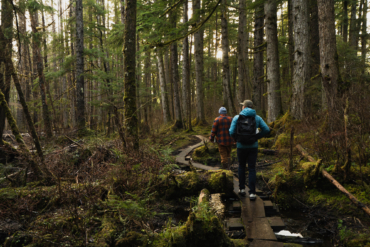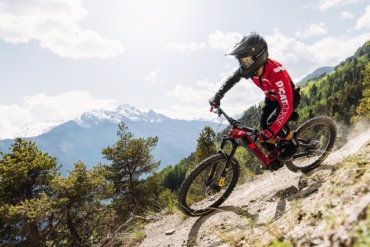Learn how ultraendurance bicyclist Lael Wilcox utilizes komoot to guide her on biking adventures.
Not all ultraendurance riders have the luxury of riding the full race route pre-event. But Lael Wilcox believes it’s an important ingredient to her success.
As the overall winner of the 4,300-mile Trans America bike race in 2016, and the overall record-holder for completing the 2,750-mile Tour Divide in 2015, Lael knows a thing or two about covering big distances on a bike.
Here are five things she does to perform at her best.
How Lael Wilcox Prepares for a Bike Race
Ride to the Start
GearJunkie: You’re known for a habit of riding to the race starting point — no matter how far that is. Why add all that extra biking right before a big race?
Wilcox: I like to fit in a big tour a week or two out from a big race. I feel like the best way to prepare for long days in the saddle is to spend long days in the saddle — both for physical and mental preparation. Riding to the start of a race, my body gets used to being on the bike all day.
It’s not just muscle preparation or fitness, but also physical positioning and the stamina required to be on my bike for up to 20 hours a day. I also have time to think about what equipment I’ll need along the way, and time to feel mentally ready for the challenge.
Mindset
Are you pushing yourself on these pre-race rides or taking it easy?
I always ride by feel. If I feel like going fast, I do. If I want to take it easy, I don’t give myself too much of a hard time. In some ways, riding to the start of races is a little relaxing because there’s no pressure.
I don’t have to rush; I just have to pedal and enjoy myself and I’m heading for the start line. I get so excited along the way. I love to ride and I love to race, and if I get to do both, I feel like there’s no compromise.
Gear Planning
How do you decide what gear to bring?
Every race requires different kit. I try to go as minimal as possible while still covering all of my needs. For example, on a time trial of the Arizona Trail 300 last spring, I knew it’d take me about 2 days. And I wasn’t planning on sleeping, so I didn’t bring any kind of a sleep system beyond an emergency bivvy.
For the Silk Road Mountain Race in Kyrgyzstan, I expected nighttime temperatures to be well below freezing, so I brought down pants and a down jacket, as well as a down sleeping bag, a weatherproof and breathable bivvy, and a sleeping pad — more kit than I’ve ever carried during a race. But I needed it.
I’m big on monitoring the weather going into a race. I don’t want to plan for the worst-case scenario, but I also don’t want to be stuck out without necessary gear. It’s a tough balance to strike.
I’m also not afraid to be unconventional when I find something that works really well for me. For example, for the Arizona Trail 300 time trial, the route is an extremely technical hiking trail.
I wore running shoes and platform pedals because I knew I’d be walking a lot. For the Silk Road Mountain Race, I brought an extra pair of sandals to change into for the many stream crossings. This saved my feet.
Route Navigation
What tools do you use to find your way along the race route?
I began using GPS in 2015, and it changed my life! I have a horrible sense of direction — I get lost inside of buildings. Navigating with GPS gave me the confidence to be more adventurous, to ride more places because I no longer had to worry about getting lost.
The second huge piece of this is route building. I went on my first long komoot-planned ride over Christmas in 2017. I made a 500km route from Tucson, Arizona, to Pie Town, New Mexico — a point-to-point trip. It’s so much fun!
I’m currently riding from LA to Tucson on a komoot route. I flew into LA for a video shoot with Specialized. Instead of flying back the same evening, I decided to take a week to ride back. I love fitting in adventure rides whenever I can.
Mistakes Happen
These multiday bikepacking races often force riders to skip sleep. How do you handle or prevent bad decisions?
Everyone makes mistakes during races, making wrong turns and wasting time. The main thing is to not beat yourself up too much. Fix the mistake, retrace your route, and move on. It’s all part of it.
This article is sponsored by komoot. Say hello to your next adventure! Use the voucher code GJSPRING to download your free region bundle at www.komoot.com.








